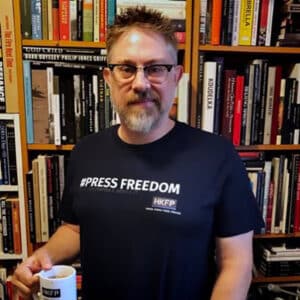During Game 2 of the 1977 World Series between the New York Yankees and the Los Angeles Dodgers, played at Yankee Stadium, the live video feed panned to a fire in a large apartment building not far from Yankee Stadium. Announcer Howard Cosell, upon s...



